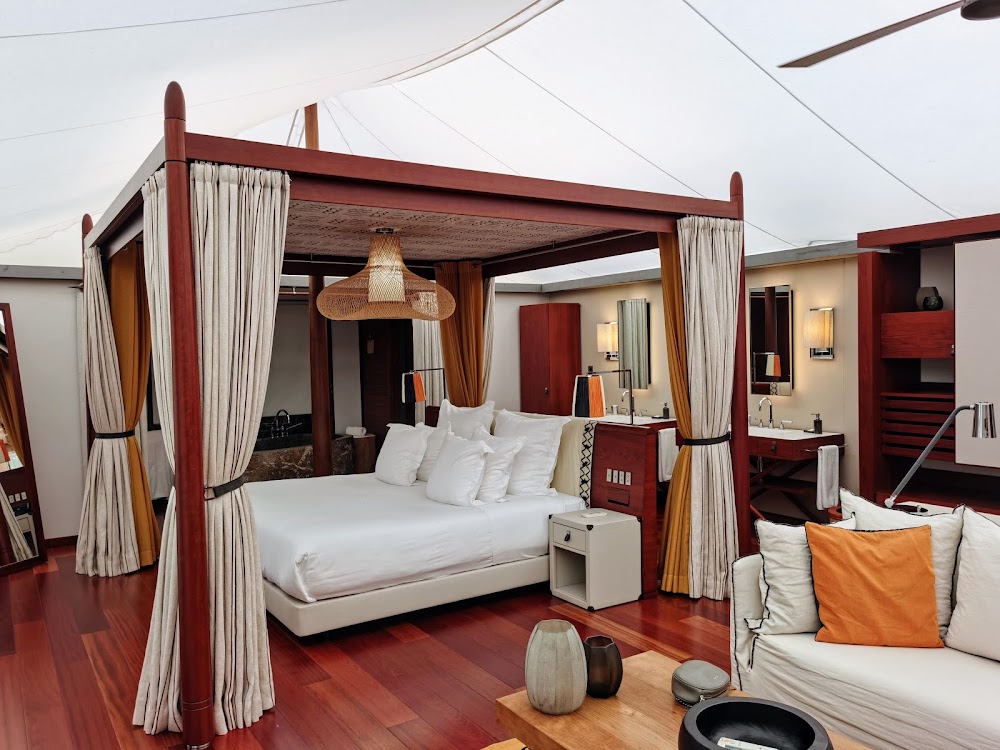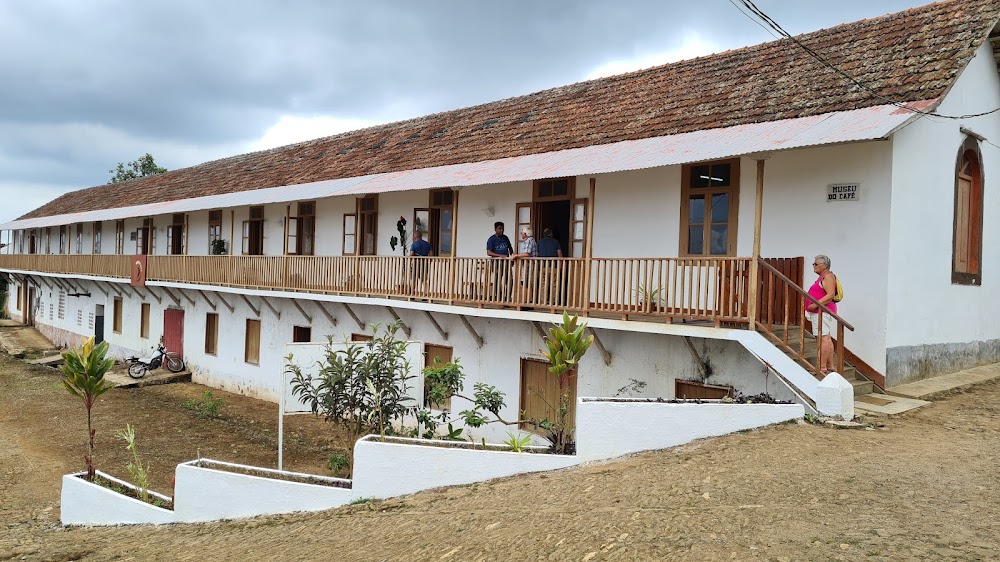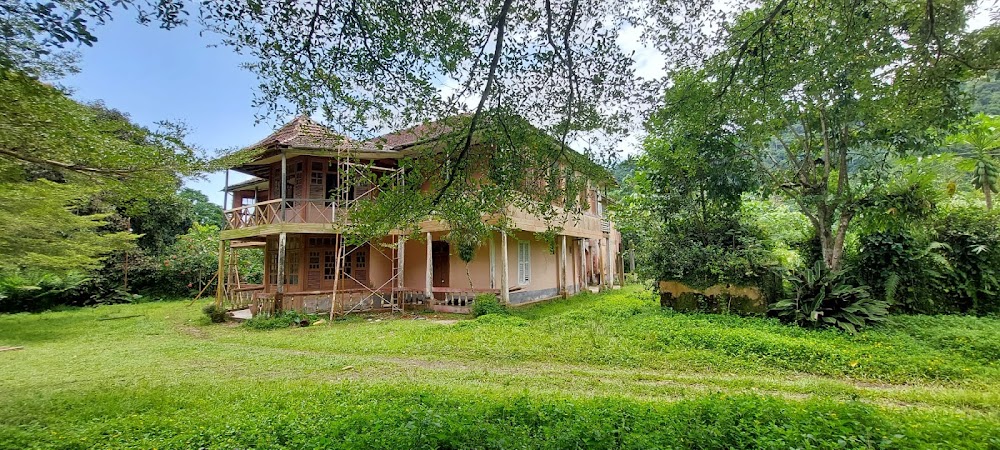Roça Uba Budo (Roça Uba Budo)
Related Places
Overview
Roça Uba Budo is a captivating historical coffee and cocoa plantation nestled in the picturesque city of Serravalle, within the enchanting island nation of São Tomé and Príncipe. This estate boasts a rich heritage, dating back to the colonial era when the Portuguese established grand plantations throughout the archipelago.
The construction of Roça Uba Budo began in the mid-19th century, a period when São Tomé and Príncipe was celebrated as one of the largest producers of cocoa and coffee in the world. The plantation was meticulously designed to optimize the cultivation and processing of these valuable crops, using locally sourced bricks and timber from the island's abundant forests.
At the heart of Roça Uba Budo lies the grand Colonial House, which once served as the estate's administrative center and the residence of the plantation's owner. This majestic structure exemplifies Portuguese colonial architecture, featuring high ceilings, expansive verandas, and intricate woodwork. Surrounding the Colonial House are the laborers' quarters, built to accommodate the many workers who toiled on the plantation. These simpler constructions reflect a more utilitarian design, ensuring durability and functionality.
A significant feature of Roça Uba Budo is its intricate system of paths and trails, designed to facilitate the efficient transportation of harvested coffee and cocoa beans from the fields to the processing units. The plantation's terrain, characterized by gentle slopes and dense vegetation, was carefully cleared and reinforced to create these pathways, minimizing disruption to the valuable crops during transport.
The coffee and cocoa processing facilities at Roça Uba Budo stand as a testament to the technological advancements of the time. These buildings were equipped with state-of-the-art machinery for drying, fermenting, and roasting the beans. The drying fields, large open spaces where beans were spread out under the sun, showcase the traditional methods used to achieve the desired quality and flavor. Elevated platforms known as "barcaças" were constructed to protect the beans from ground moisture and pests during the drying process.
The layout of Roça Uba Budo also includes several storage warehouses, where processed coffee and cocoa were meticulously packed and prepared for export. Strategically positioned near transportation routes, these warehouses ensured a seamless transition from the plantation to the docks, where products began their journey to European markets.
Today, a visit to Roça Uba Budo offers a fascinating glimpse into the storied past of São Tomé and Príncipe's agricultural heritage. Many of the original buildings still stand, their weathered facades telling tales of a bygone era. Restoration efforts have been undertaken to preserve these structures, allowing visitors to wander through the grounds and imagine the bustling plantation life of centuries past.
The lush landscape surrounding Roça Uba Budo remains abundant with towering cocoa and coffee plants, a living tribute to the island's enduring agricultural legacy. The plantation's verdant fields also serve as a natural habitat for numerous bird species, enriching the vibrant ecosystem that complements the historical allure. These efforts reinforce Roça Uba Budo's significance as both a historical monument and a vital part of São Tomé and Príncipe's cultural and ecological fabric.
With its rich history and breathtaking scenery, Roça Uba Budo stands as a testament to the resilience and ingenuity of the people who built and maintained it. It is a place where the past and present converge, inviting visitors to explore and appreciate the legacy of São Tomé and Príncipe's colonial plantations.






